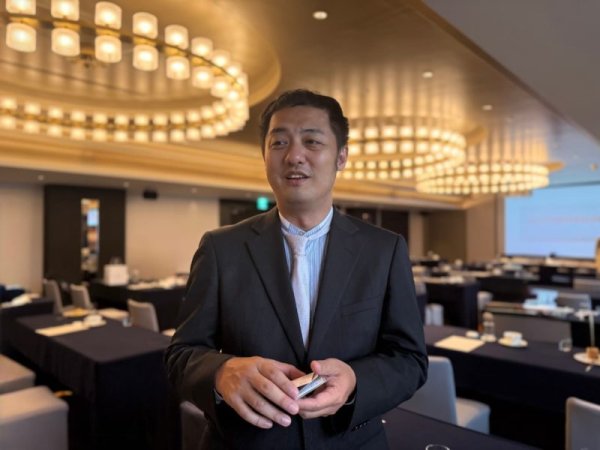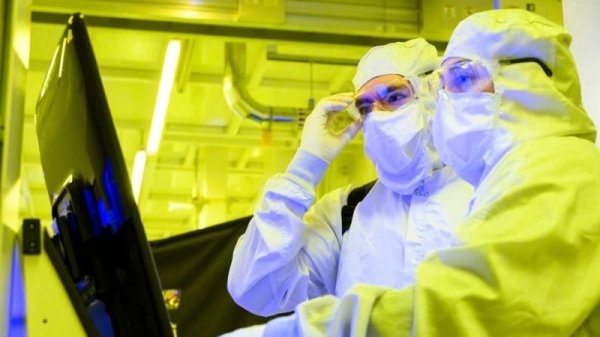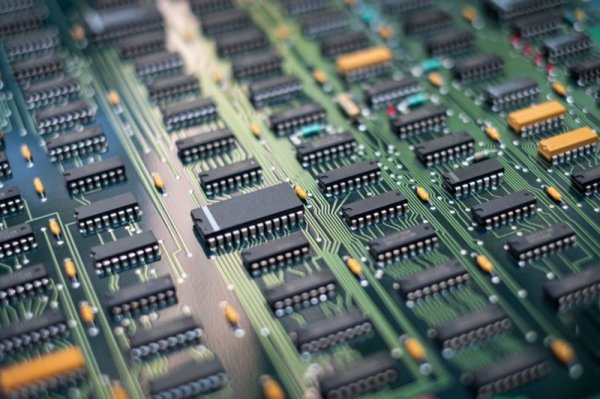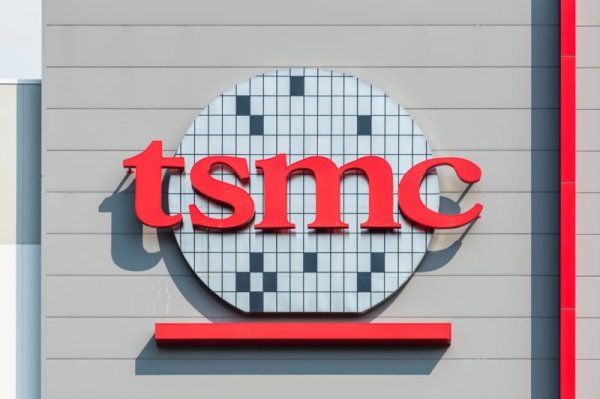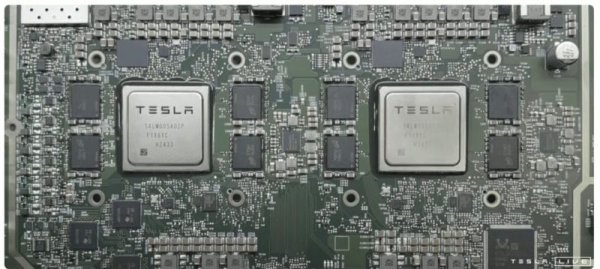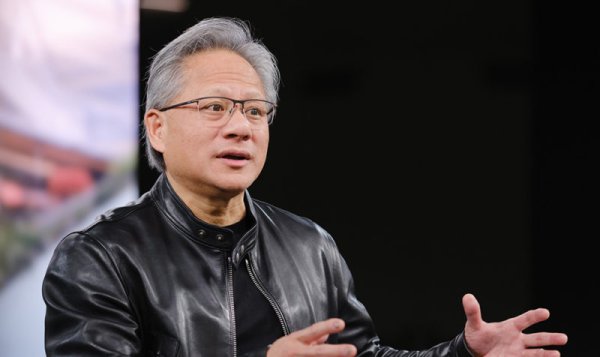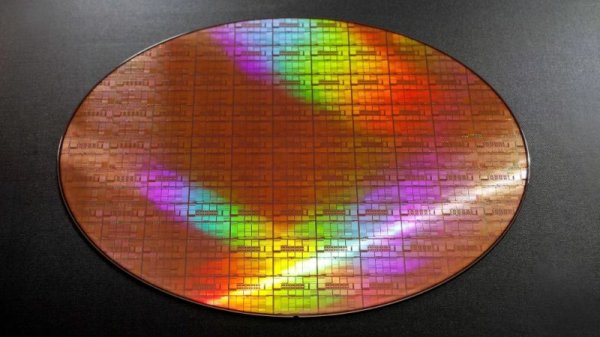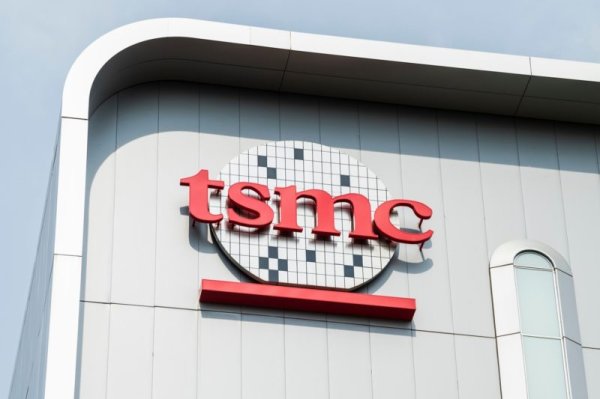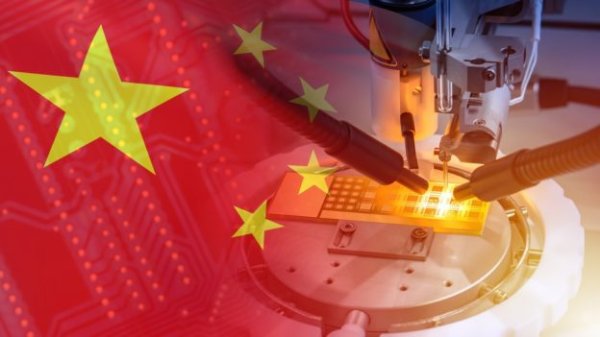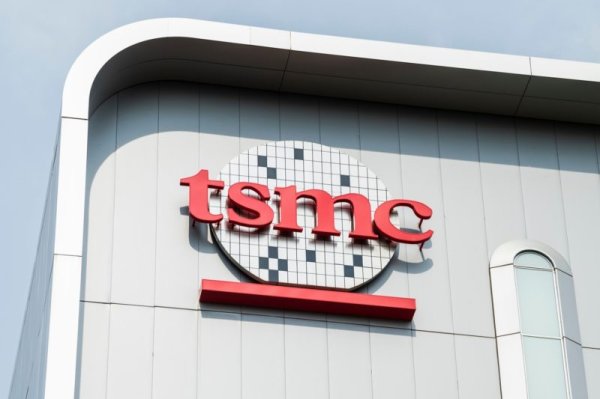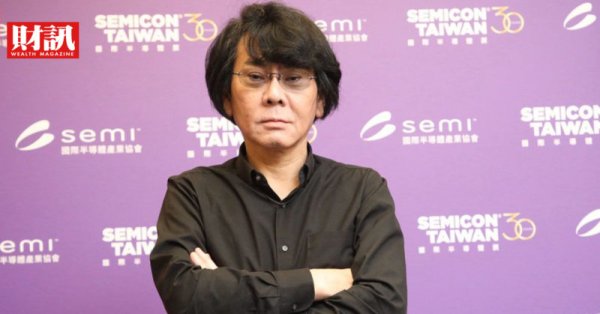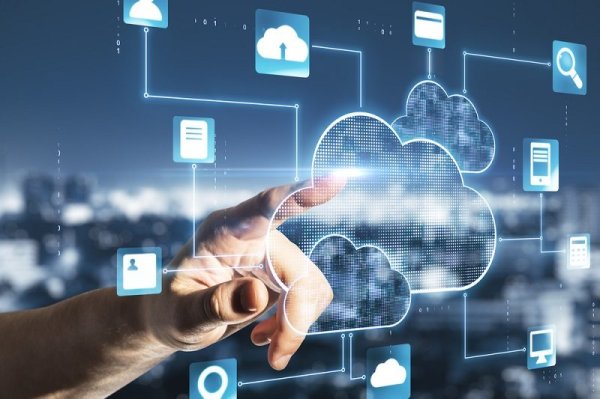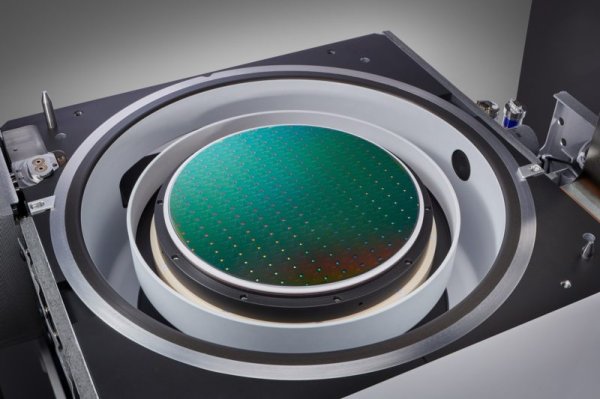100,000 NVIDIA processors are not enough, Tesla is building a supercomputer Cortex 2.0
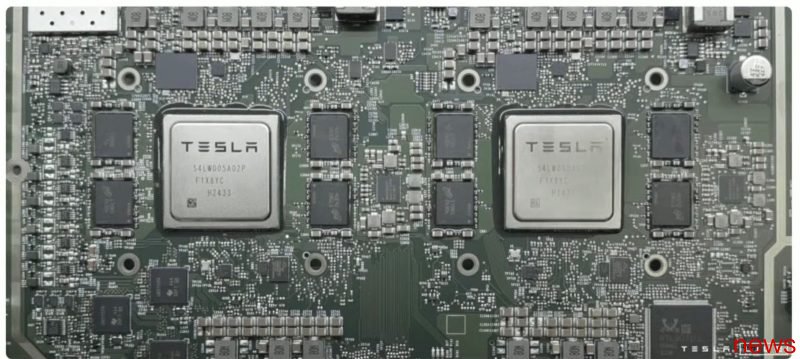
Tesla already has a supercomputer Cortex in Texas Super Factory, which is equipped with 100,000 NVIDIA H100 and H200 AI computing processors, but it does not meet the needs.
The latest news shows that Tesla is preparing a new land on the north side of Texas Supercomputer Factory. According to official documents, this land will be used for the Cortex 2.0 Supercomputer Cluster. The project here is progressing very quickly. From the perspective of taking empty photos, it is likely that the construction will be completed by the end of this year and will be launched online next year.
Cortex 2.0 confirmed!
I have been researching many new permits for Giga Texas & there are a lot of interesting details I’ll be sharing in today’s video, but there are several that stand out I wanted to share has to do with Cortex 2.0.
I have been reporting for a few months now… pic.twitter.com/FHsYuyfxJ9
— Joe Tegtmeyer 🚀 🤠🛸😎 (@JoeTegtmeyer) May 12, 2025
In order to realize a true fully automatic driving, Tesla has built two supercomputers. Dojo, which was built earlier, uses Tesla's self-developed computing chip D1, which is specially used for FSD training and has a smaller scale. Cortex uses NVIDIA H100 and H200 GPUs, and simultaneously handles FSD and humanoid robot training. It has a larger scale and is currently the main force in AI training.
Research on fully automatic driving is almost like a bottomless pit in terms of data. The parameters of the latest version of FSD V12.5 are five times that of V12.4. According to Tesla's previous statement, they are no longer dividing the video into pictures to train AI, but directly using the video to train. Although the effect has been improved, the computing power required is also very amazing. Therefore, they need to build Cortex 2.0, and they are expected to invest more than 100,000 GPUs. The computing power scale after being launched will become one of the top five AIs in the world. Training center.

▲ Cortex tank of Texas Super Factory.
At the same time, Tesla is also preparing for Dojo 2, which is expected to be ten times more effective than Dojo. Such a huge computing power is of course a crazy capital competition. In 2024, Tesla's investment in AI training and chip purchases will reach US$10 billion. As an example, huge computing power will consume large amounts of power, and the demand in the future may exceed 500MW. In the short term, Tesla may even have to pay for two power plants by itself.
The chip war is in the automotive industryTesla has bought it in the front. Whether it is the NVIDIA processor used in Cortex 2.0 or the self-made chips used in Dojo 2, they have tested Telco's power capacity. In 2023, Tesla ordered 15,000 wafers from Telco, which was estimated to be 20,000 chips in early 2024. This year, it is expected to continue to grow, and it also makes Tesla the top ten customers of Telco.
Compared with the Chinese car manufacturers, Tesla has purchased a large number of 4/5 nanometer chips, which is enough to build a powerful computing power wall to ensure that they have absolute advantages in the computing field. However, the shock brought by DeepSeek has not yet subsided. If a low-cost and low-computing power model similar to DeepSeek appears in the field of self-driving AI, it will greatly reduce Tesla's computing power advantages. By this point, you can understand why Chinese car manufacturers have emphasized that they have cooperated with DeepSeek?
Back to Tesla itself, there are currently three difficult issues to face. First of all, you must implement fully automatic driving technology in order to realize the owner's FSD and Robotaxi checks. What's wrong is that even if you invest such a huge amount of capital and computing power, the effectiveness of FSD cannot be guaranteed. Second, even if the large model realizes fully automatic driving, can the computing power of the old model be burdened? Does Tesla want to help old car owners upgrade the new car terminal computing platform for free? This will also be a huge cost. Finally, Tesla not only needs to start automatic driving, but also simultaneously develop the Optimus humanoid robot automatic driving system. Its safety and stability will be tested more seriously, because working with Optimus is not other cars protected by gold, but ordinary human shells.
The current situation seems to be like a half-washed AI competition. Tesla has decided to continue to pay for money and wash it to the end. What will be the final result? It is likely to be revealed in the next two years.
Tesla is building Cortex 2.0 supercomputer facility in Giga Texas

